Tiendas Departamentales Lotte (Sucursal de Avenuel) (롯데백화점 본점 에비뉴엘)
1.3Km 1160 2024-02-20
Namdaemun-ro 73, Jung-gu, Seúl.
Bungmakgol (북막골)
1.3Km 6248 2021-03-24
124-6, Samcheong-ro, Jongno-gu, Seoul
+82-2-730-0980
This is where you can enjoy Bossam (Korean boiled pork with cabbage or lettuce wraps) with roasted garlic. This restaurant's signature menu is napa wraps with pork. This Korean dishes restaurant is located in Jongno-gu, Seoul.
Seochon Guest House [Korea Quality] / 서촌 게스트하우스 [한국관광 품질인증]
1.3Km 5504 2023-04-07
28-3, Jahamun-ro 7-gil, Jongno-gu, Seoul
+82-010-3345-9680
Seochon Guest House is located in Seochon, which is becoming a hot place for tourists in Seoul, and precisely on the road to Suseong Valley, whichis filled with interesting stores and is also well-known for Park Nosoo Art Gallery and the House of Yun Dong-ju (poet). Seochon Guest House is nicknamed ‘Jaeminangol (interesting village)’ after Baekseok’s poem ‘Yeowunangol’, with the aim of providing a visit full of interesting experiences. Passing through a garden and entering the main building, the unique charm of this hanok building, the staircase to get to the first floor from daecheong (main floored room), catches the eye of the visitors. In addition, the building is decorated with various stylish objects including paintings and Korean musical instruments. The terrace situated on the first floor offers an open view of the surrounding area including roof tiles of hanok structures and alleyways in Seochon. It is said that Korean novelist Yoon Hu-myeong also appreciated the structure of the guesthouse, saying, “It is an interesting place.” Built in the 1930s, the house, which has many storage places, was taken by the owner couple in spring 2014 as they were attracted by the house during their trip to Seochon. After the repair work, the ground floor of the house was opened for guests from January 2016, hoping that guests could share their daily experiences and stories with each other. The guestrooms and the main floored room on the ground floor are open to guests, with the exception of the first floor, which is used by the owner couple. The living room is equipped with books, a curved TV, and a table. The tasty meal, which is served in the kitchen, consists of rice and soup with six side dishes and is much loved by guests. The guesthouse offers a total of four rooms – Jae Room, which is the most Korean-style room; Mi Room, which has a combined style of a Korean-style room and Western-style room; Nan Room, which is an ideal room for meditation with a beautiful paper window; and Ahn Room, which is equipped with a veranda and a pretty flowerbed. Every room has its separate charm with various comfortable bedding to provide a quiet and cozy bedroom for guests in the middle of the city. Furthermore, the guesthouse holds a pansori (epic chant) performance twice a year. The owner started learning how to sing pansori to promote the Korean culture and tradition to foreigners. When a pansori performance is held, the owner offers traditional Korean snacks and drinks including sikhye (sweet rice punch), sujeonggwa (cinnamon punch), traditional sweets and cookies, and tteok (rice cakes) to visitors, tourists, and performers. Moreover, it provides cultural programs such as a Gukak (Korean classical music) experience, Korean traditional clothes experience, and making Korean food experience, as well as other activities with guests, such as trip to the city wall between Inwangsan Mountain and Bugaksan Mountain, and the Royal Palace Tour to Gyeongbokgung Palace, etc., as well as a trip to a traditional market.
Teatro Myeongdong (명동예술극장)
1.3Km 2926 2021-12-28
Myeongdong-gil 35, Jung-gu, Seúl.
+82-1644-2003
Este lugar se inauguró, por primera vez, en el año 1934, con el nombre de “Teatro Nacional de Myeongdong”, y funcionó como cine, centro de espectáculos artísticos, etc., hasta el año 1973. Ejerció así un papel primordial en la industria cultural y artística de Corea. Sin embargo, cerró en 1975.
Recientemente, tras una remodelación, el teatro volvió a abrir sus puertas, destinado solo a obras teatrales. Su interior está diseñado de forma circular, y se ha disminuido la distancia del escenario a la platea. Se representarán: teatro tradicional, actuaciones experimentales, espectáculos no verbales y musicales.
Cheong Wa Dae (Casa Azul) (청와대)
1.3Km 14664 2024-05-17
Cheongwadae-ro 1, Jongno-gu, Seúl
Cheong Wa Dae (también conocida como Casa Azul) se compone del Edificio de la Oficina Principal, Yeongbingwan (Residencia de los Huéspedes de Estado), Chunchugwan (Pabellón de Primavera y Otoño), el parque Nokjiwon, Mugunghwa Dongsan y el santuario Chilgung. Las formas singularmente únicas de los edificios guardan un gran interés. Su estética sigue el estilo tradicional coreano. Las tejas azules y las suaves líneas curvas del techo del edificio principal son bellísimas. Aproximadamente 150.000 tejas componen el techo de Cheong Wa Dae, cada una de las cuales fueron cocidas al horno, en forma individual, de modo que son suficientemente fuertes como para ser usadas por más de un siglo. Mirando hacia la derecha encontrará Chunchugwan. El techo de Chunchugwan fue hecho de las tradicionales tejas de barro cocido y aquí es donde el presidente de la nación llevaba adelante sus conferencias de prensa. A la izquierda de la Oficina Principal, se halla Yeongbingwan. Esta construcción fue diseñada para alojar grandes conferencias y eventos oficiales durante las visitas de los invitados extranjeros. Luce muy lujosa y magnificente con sus 18 columnas de piedra que sustentan al edificio. Asimismo, puede pasear por el jardín Nokjiwon y el valle Mugunghwa. Nokjiwon es donde una sucesión de presidentes plantaron árboles en ocasiones memorables. Allí, hay un famoso árbol que tiene 310 años de edad. El valle Mugunghwa se encuentra lleno de flores de la rosa de Sharon, una fuente y una estatua del ave fénix, que conforman el lugar perfecto para la toma de fotografías. El lugar presenta un paisaje aún más bello entre julio y octubre, cuando las flores mugunghwa, la flor nacional, rompen sus pimpollos y cubren el jardín con su aroma. Todos los obsequios entregados al presidente se encuentran dispuestos aquí en exposición. Desde mayo de 2022, el predio de Cheong Wa Dae se encuentra abierto al público.
Dar un paseo por los alrededores de Cheong Wa Dae es un gran placer, por los paisajes atractivos y peculiares. Estos caminos de paseo se despliegan por un lado del palacio Gyeongbokgung pasando por Cheong Wa Dae y llegando al Parque de Samcheong-dong. El trayecto desde la puerta Dongmun del palacio Gyeongbokgung hasta Cheong Wa Dae es el recorrido más bello. Junto a un camino que se despliega por el centro, se encuentra el Muro de Piedra del Palacio Gyeongbokgung hacia la izquierda, las galerías de arte, y los edificios antiguos hacia la derecha. Junto al Muro de Piedra del Palacio Gyeongbokgung crecen árboles añejos que relajan y reconfortan a los que pasean junto a él. Gracias a sus coloridas hojas, el sendero se convierte en un paseo muy romántico durante la época de otoño. Cruzando la calle se encuentran la Galería Hyundai y el Museo Kumho, entre otros lugares artísticos, y también hay una variedad de cafeterías elegantes.
Podam (포담)
1.3Km 150 2021-03-22
11, Jahamun-ro, 9-gil, Jongno-gu, Seoul
+82-2-733-0831
A store featured in Korean gourmet programs. This Chinese (cuisine) restaurant is located in Jongno-gu, Seoul. The most famous menu is dim sum.
Onmaeul (온마을)
1.3Km 20087 2021-03-22
127, Samcheong-ro, Jongno-gu, Seoul
+82-2-738-4231
A place that sells dishes made with beans, which are good for the health. This restaurant's signature menu is pureed soybean stew. This Korean dishes restaurant is located in Jongno-gu, Seoul.
MIGABON (미가본)
1.3Km 76 2021-03-18
56, Myeongdong-gil, Jung-gu, Seoul
+82-2-752-0330
This is a Korean cuisine located in Myeong-dong, Seoul. A famous restaurant among Japanese tourists. The representative menu is wild pine mushroom and abalone porridge.
Honbap Star (서촌막회센타)
1.3Km 22 2021-03-24
49, Jahamun-ro 1-gil, Jongno-gu, Seoul
+82-10-9018-6349
This is a raw fish restaurant known for its cost-effectiveness. This Korean dishes restaurant is located in Jongno-gu, Seoul. The representative menu is sliced raw small fish.
Sarangchae de Cheong Wa Dae (청와대사랑채)
1.3Km 5151 2023-05-30
Hyoja-ro 13-gil 45, Jongno-gu, Seúl
Sarangchae de Cheong Wa Dae es un espacio donde los visitantes pueden aprender sobre cultura coreana y la historia de los presidentes de Corea. Los visitantes pueden también conocer algunas anécdotas e historias relacionadas con Cheong Wa Dae y sentir el encanto de hacer turismo en Corea.
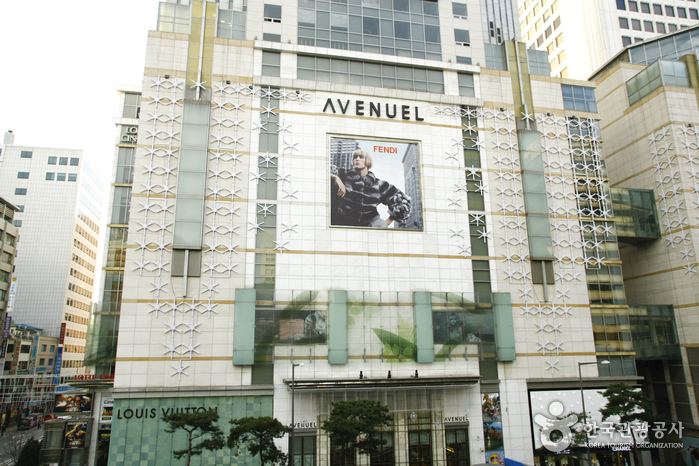
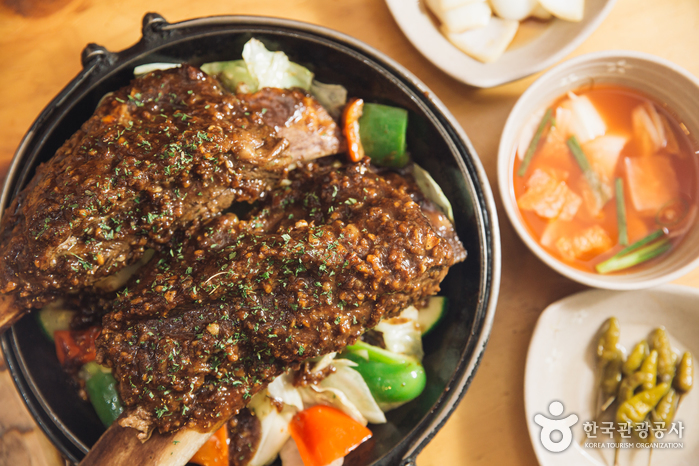
![Seochon Guest House [Korea Quality] / 서촌 게스트하우스 [한국관광 품질인증]](http://tong.visitkorea.or.kr/cms/resource/41/2447241_image2_1.jpg)
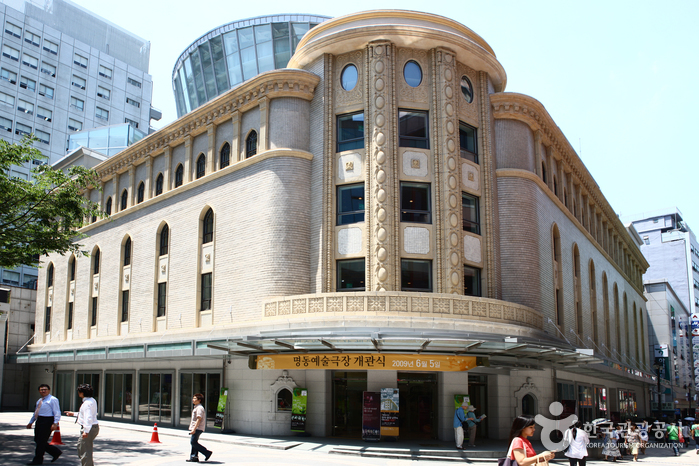
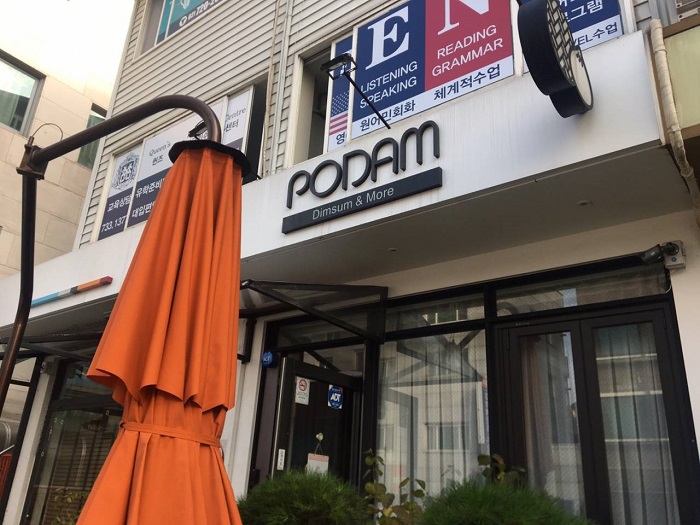
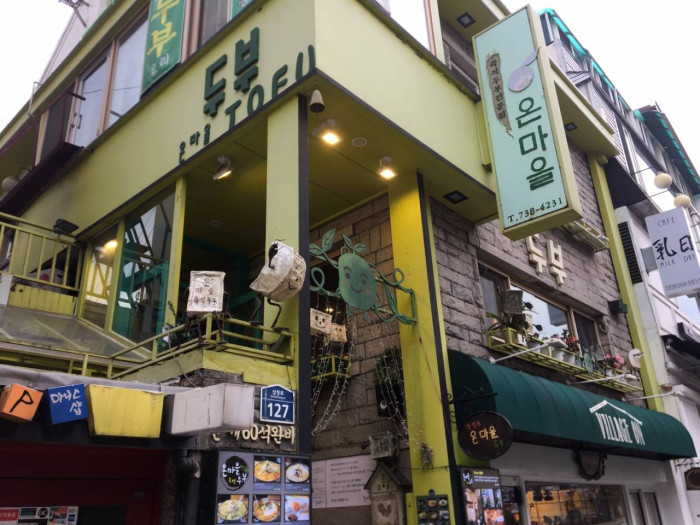
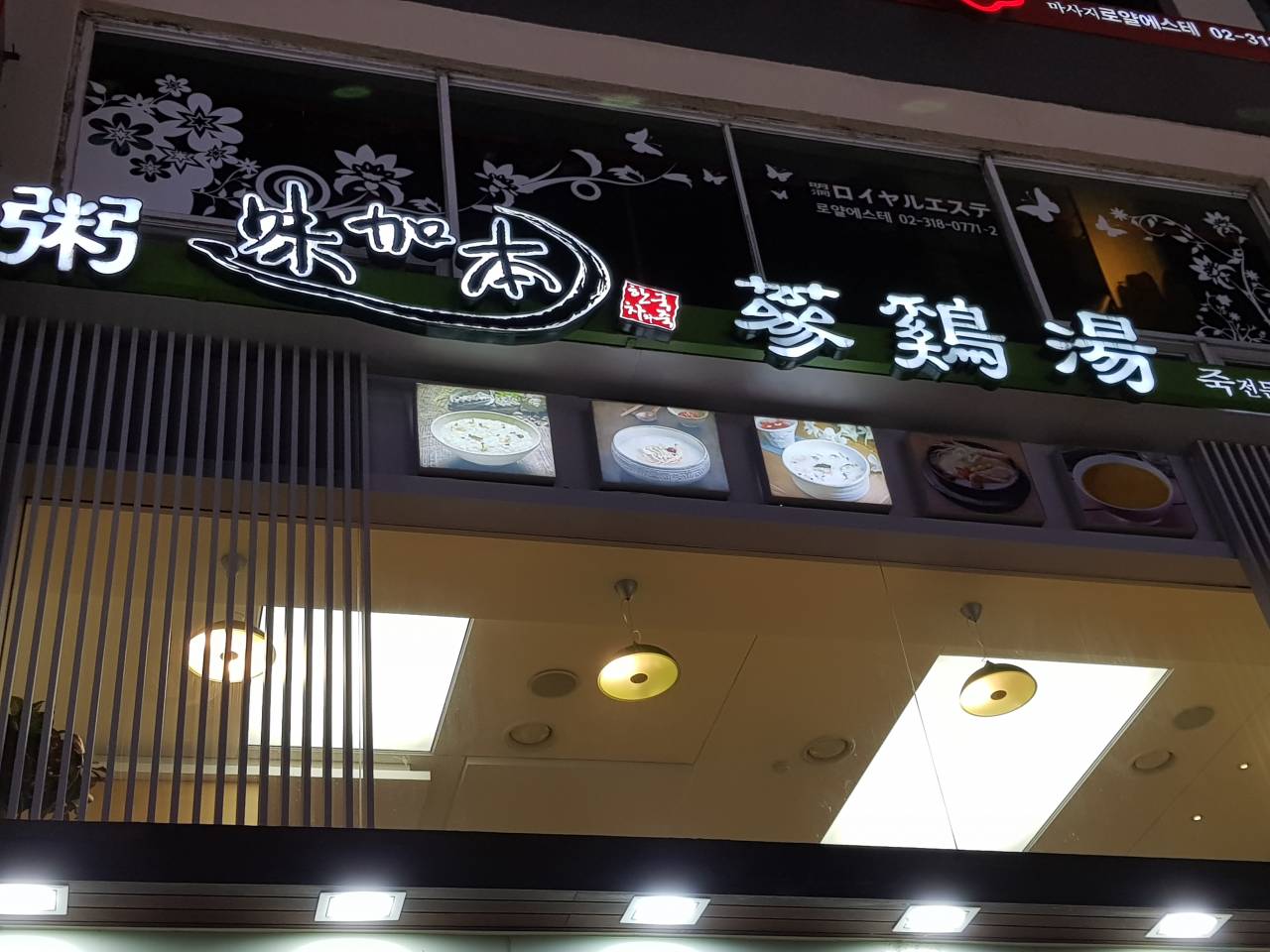
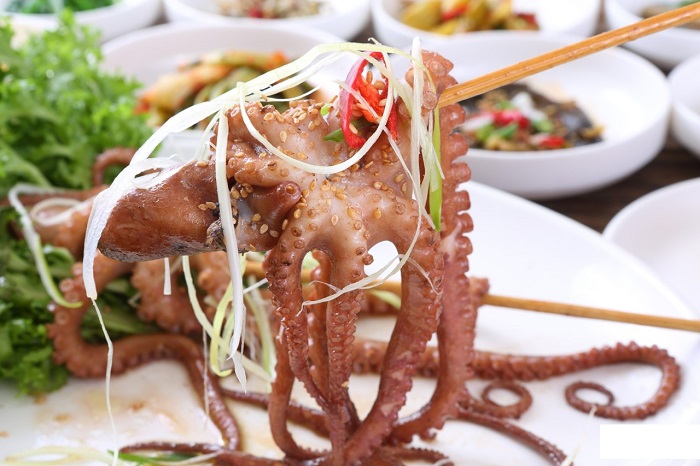
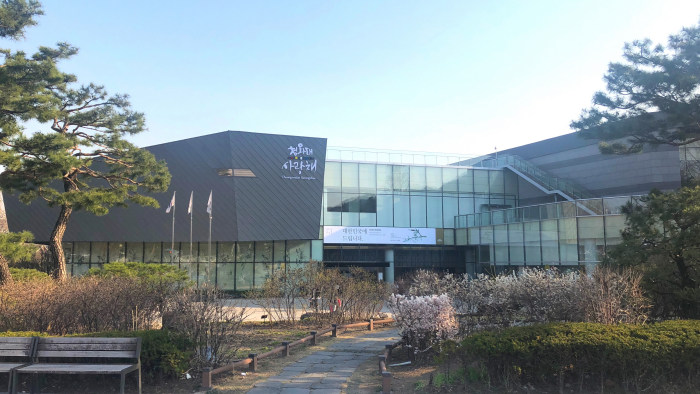
 Español
Español
 한국어
한국어 English
English 日本語
日本語 中文(简体)
中文(简体) Deutsch
Deutsch Français
Français Русский
Русский